Richard Marcinko, 1940-2021
The Rogue Warrior is gone at 81.
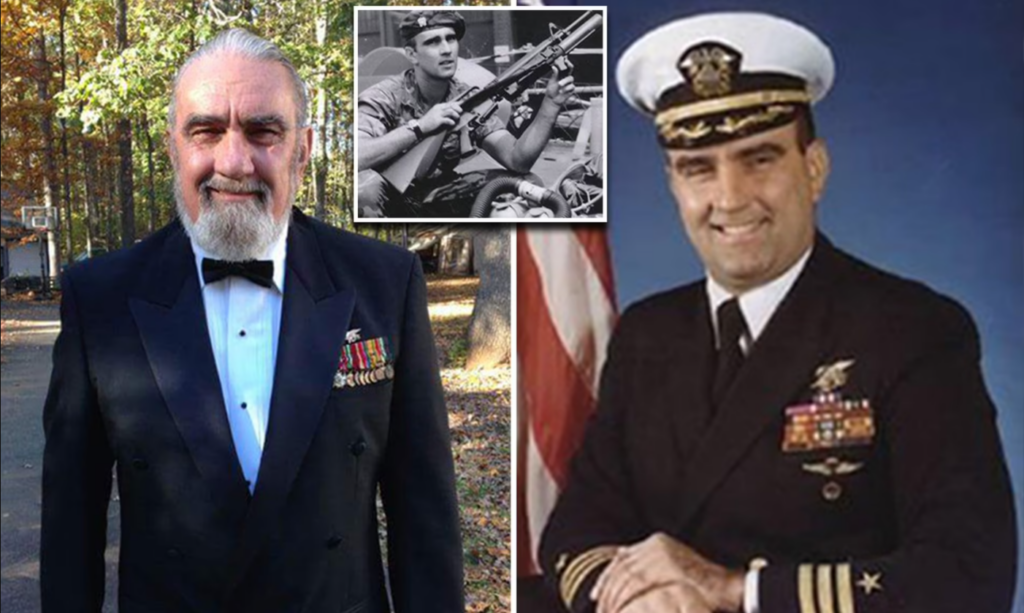
NYT (“Richard Marcinko, Founding Commander of SEAL Team 6, Dies at 81“):
Richard Marcinko, the hard-charging founding commander of Navy SEAL Team 6, the storied and feared unit within an elite commando force that later carried out the raid that killed Osama bin Laden, died Saturday at his home in Fauquier County, Va. He was 81.
The cause was believed to be a heart attack, a son, Matthew Marcinko, said.
Commander Marcinko climbed the ranks to command Team 6 and wrote a tell-all best seller that cemented the SEALs in pop culture as heroes and bad boys. Though the highly decorated Vietnam veteran led Team 6 for only three years, from 1980 to 1983, he had an outsize influence on the group’s place in military lore.
After a failed 1980 mission to rescue 53 American hostages seized in the takeover of the United States Embassy in Tehran, the Navy asked Commander Marcinko to build a SEAL unit that could respond quickly to terrorist crises. The name itself was an attempt at Cold War disinformation: Only two SEAL teams existed at the time, but Commander Marcinko called the new unit SEAL Team 6, hoping that Soviet analysts would overestimate the size of the force.
He flouted rules and fostered a maverick image for the unit. (Years after leaving the command, he was convicted of military contract fraud.) In his autobiography, “Rogue Warrior,” Commander Marcinko describes drinking together as important to SEAL Team 6’s solidarity; his recruiting interviews often amounted to boozy chats in bars.
[…]
After retiring from the Navy in 1989, Commander Marcinko embarked on a career as a best-selling author, motivational speaker and military consultant, relying heavily on his authenticity as a military veteran. He also appeared on the cover of several of his books, presenting an imposing image of muscular forearms, bearded jaw and piercing eyes staring out at readers.
Some SEALs over the years have said that Commander Marcinko invented his own legend. Of his 1992 book, “Rogue Warrior,” written with John Weisman, David Murray wrote in The New York Times that “his story is fascinating” but the method of telling it “is not.” In the book, Commander Marcinko “comes across as less the genuine warrior than a comic-book superhero who makes Arnold Schwarzenegger look like Little Lord Fauntleroy.”
The book sold millions of copies. Readers apparently wanted more, and Commander Marcinko obliged. His 1995 novel, “Rogue Warrior: Green Team,” also with Mr. Weisman, has “so much action that the reader scarcely has time to breathe,” Newgate Callendar, another Times reviewer, wrote.
Macinko was a legendary figure but a controversial one in military circles. He was a master of self-promotion and no stranger to embellishment. Still, the SEALs themselves embrace him.
Navy Times (“Richard Marcinko, first commanding officer of SEAL Team Six, dies“):
Marcinko led the SEAL team in what has become known as the Navy’s most successful SEAL operation during the Vietnam War: the May 1967 assault on Ilo Ilo Han. Marcinko and his men killed many Viet Cong and destroyed six of their sampans, according to the Navy SEAL Museum. Marcinko deployed a second time with SEAL Team Two during the Vietnam War. His platoon assisted Army Special Forces during the Tet Offensive.
[…]
“The SEALs who knew Dick Marcinko will remember him as imaginative and bold, a warrior at heart,” retired Navy SEAL Adm. Eric Olson, who commanded U.S. Special Operations Command from July, 2007 to August, 2011, told Navy Times. “He was a spirited rogue for sure, but we are better off for his unconventional service.”
William McRaven, the retired Navy SEAL admiral who oversaw the raid that killed al-Qaida leader Osama bin Laden and followed Olson as SOCOM commander, was once relieved of command by Marcinko over a clash in leadership styles, according to a biography.
“Dick Marcinko was one of the more colorful characters in Naval Special Warfare history,” McRaven told Navy Times. ”While we had some disagreements when I was a young officer, I always respected his boldness, his ingenuity and his unrelenting drive for success. I hope he will be remembered for his numerous contributions to the SEAL community.”
And, for both good and ill, Marcinko was instrumental in shaping the SEAL culture.
Task and Purpose (“How SEAL Team 6 founder Richard Marcinko shaped America’s modern-day special operations forces“):
Marcinko led the unit from 1980-1983, hand picking new members from across the Navy’s existing SEAL Teams and Underwater Demolition Teams. As commander, Marcinko helped establish the aggressive, hard-charging culture of his new unit, and made little effort to conceal its maverick nature, openly flaunting rules and regulations. In his autobiography, “Rogue Warrior,” Marcinko wrote of the importance of drinking together and often as a fixture in building Team 6’s solidarity.
Marcinko’s personality and the nature of the unit weren’t for everyone. Adm. William McRaven, who would later go on to lead Special Operations Command and oversee SEAL Team 6 during its famous raid against Osama bin Laden’s compound in Abbottabad, Pakistan, was drummed out of the unit after disagreeing with Marcinko over what he perceived as a culture of recklessness.
Over the ensuing decades, SEAL Team 6, nowadays known as the Naval Special Warfare Development Group, or DEVGRU, would continue to live up to Marcinko’s rogue reputation, taking on some of the nation’s most dangerous and secretive missions. From Operation Anaconda, to the MV Maersk Alabama hijacking, to the aforementioned bin Laden raid, the unit’s exploits have been recounted again and again, and made the focus of dozens of movies and books.
I read two of Marcinko’s autobiographical books, Rogue Warrior and Red Cell, not long after they were published. He was an interesting character, indeed. But a good friend from my grad school days, himself a retired Green Beret, considered Marcinko a “loose cannon.”
While it’s hard not to admire Marcinko’s bravery and innovation, his penchant for making it all about him was less than heroic. My preferred archetype of soldierly prowess is the “quiet professional.” Marcinko was anything but.

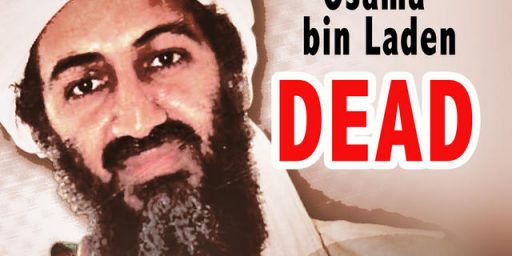
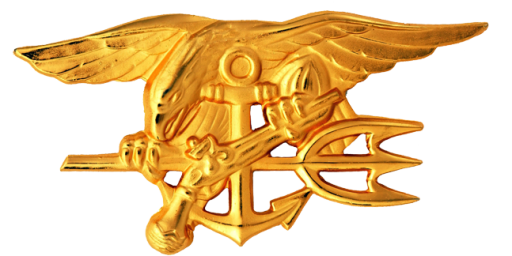
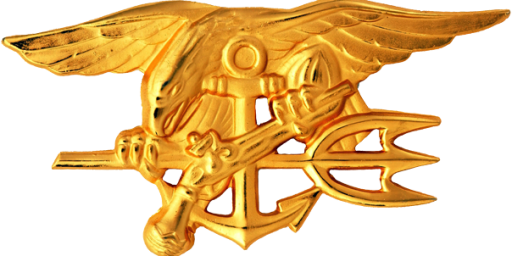
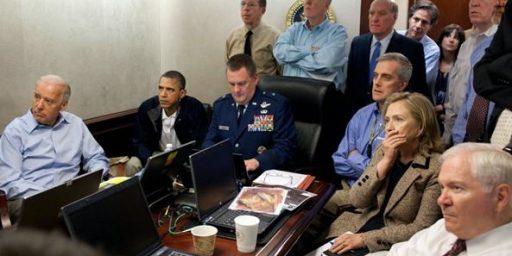
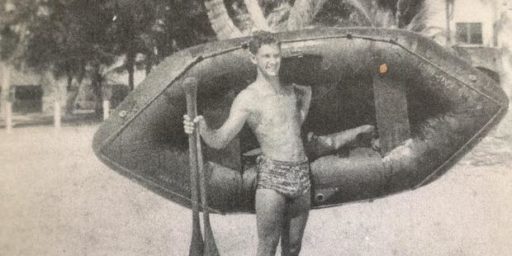
I haven’t thought of him in many years. Reading of his death mostly made me feel old.
I also read the two Marcinko books you did. Then in the ’90s I had the opportunity to work with SEALs on several occasions, although not the Tier 1 groups like Team 6/Devgru. He was controversial in the community even then and, at least in my experience, most regular SEALs were the “silent professional” type who really hated that Marcinko was such a self-promoter who de facto become the face of the community for many years.
Alas, like everything else, 9/11 fundamentally changed the SEAL community even though it had already started to move in a different direction.